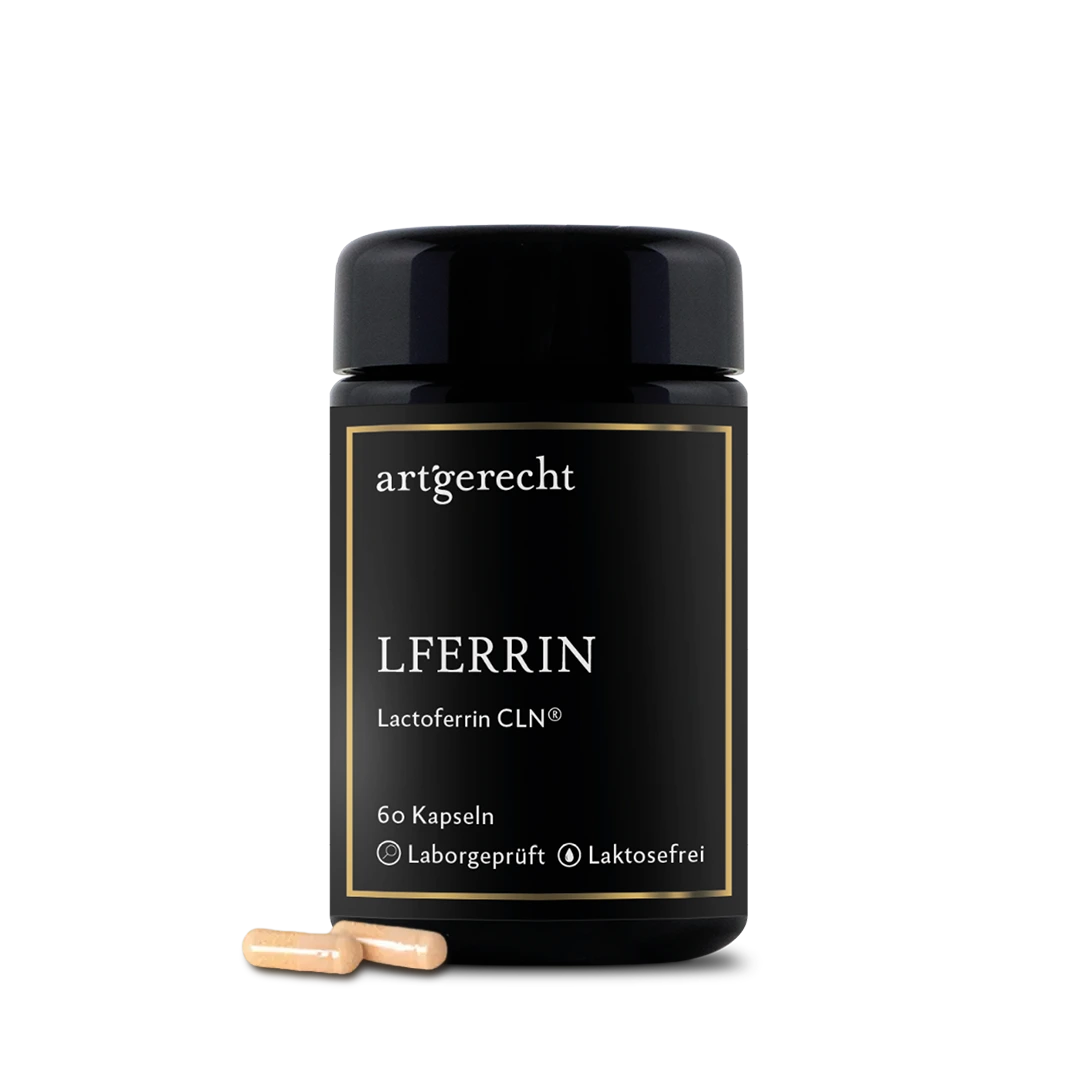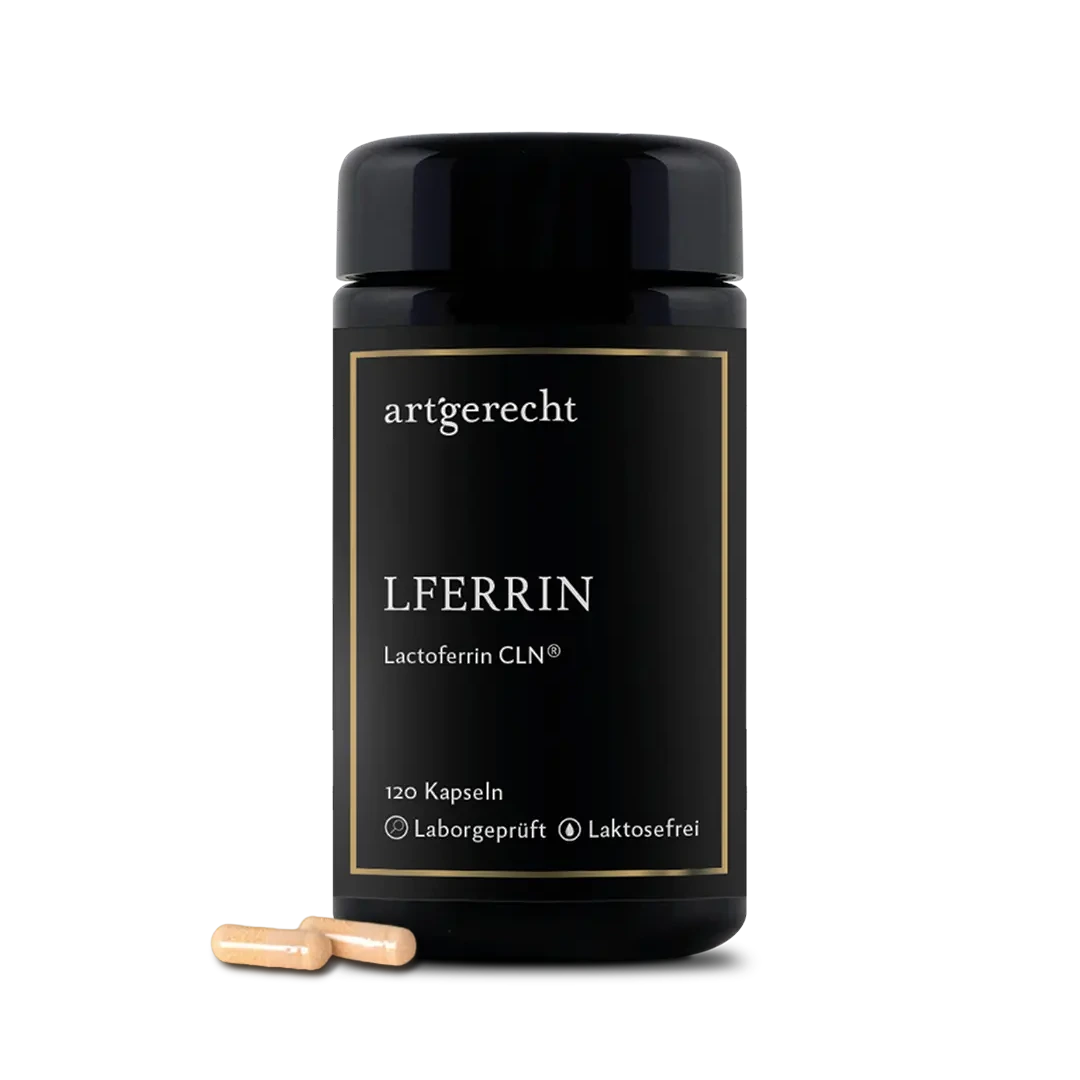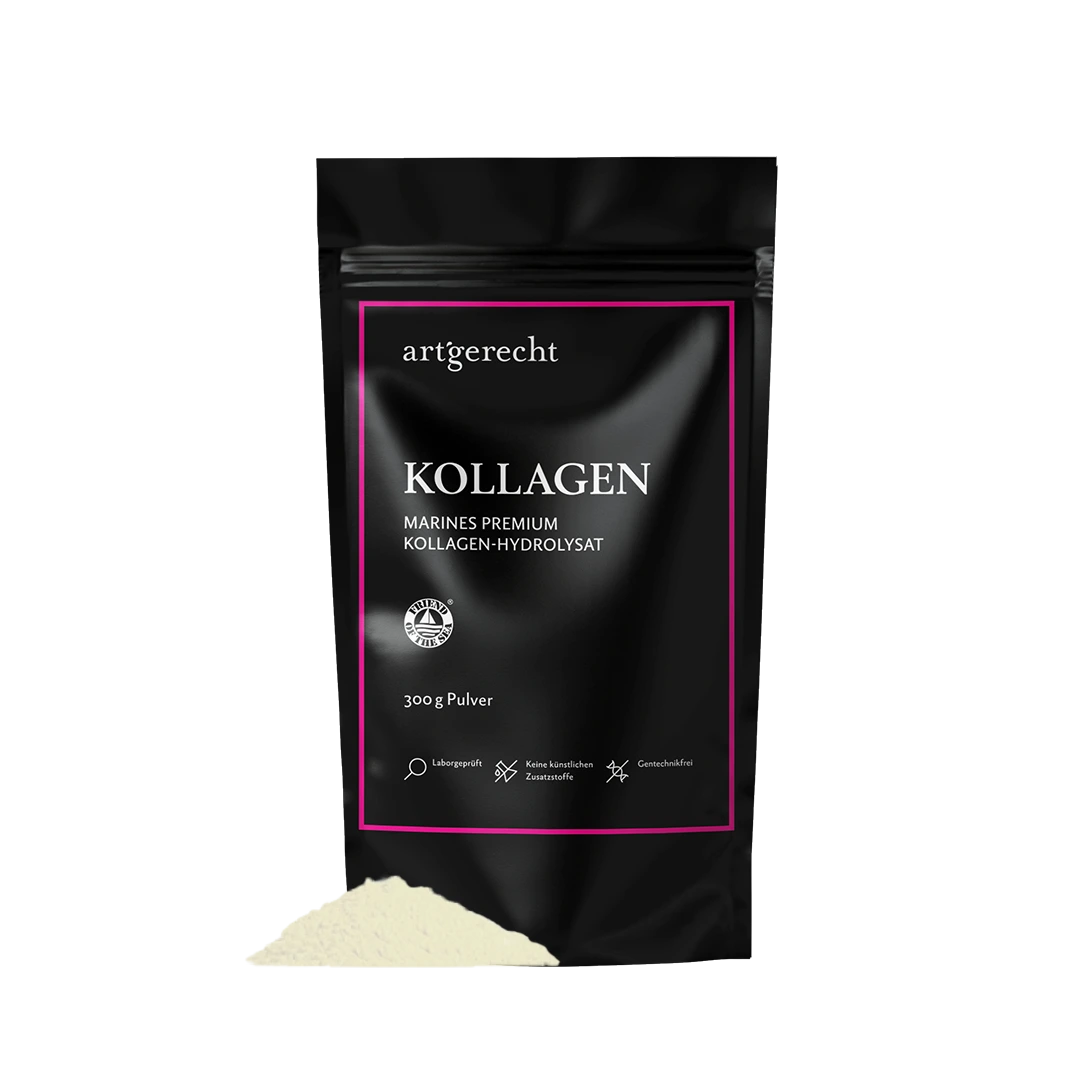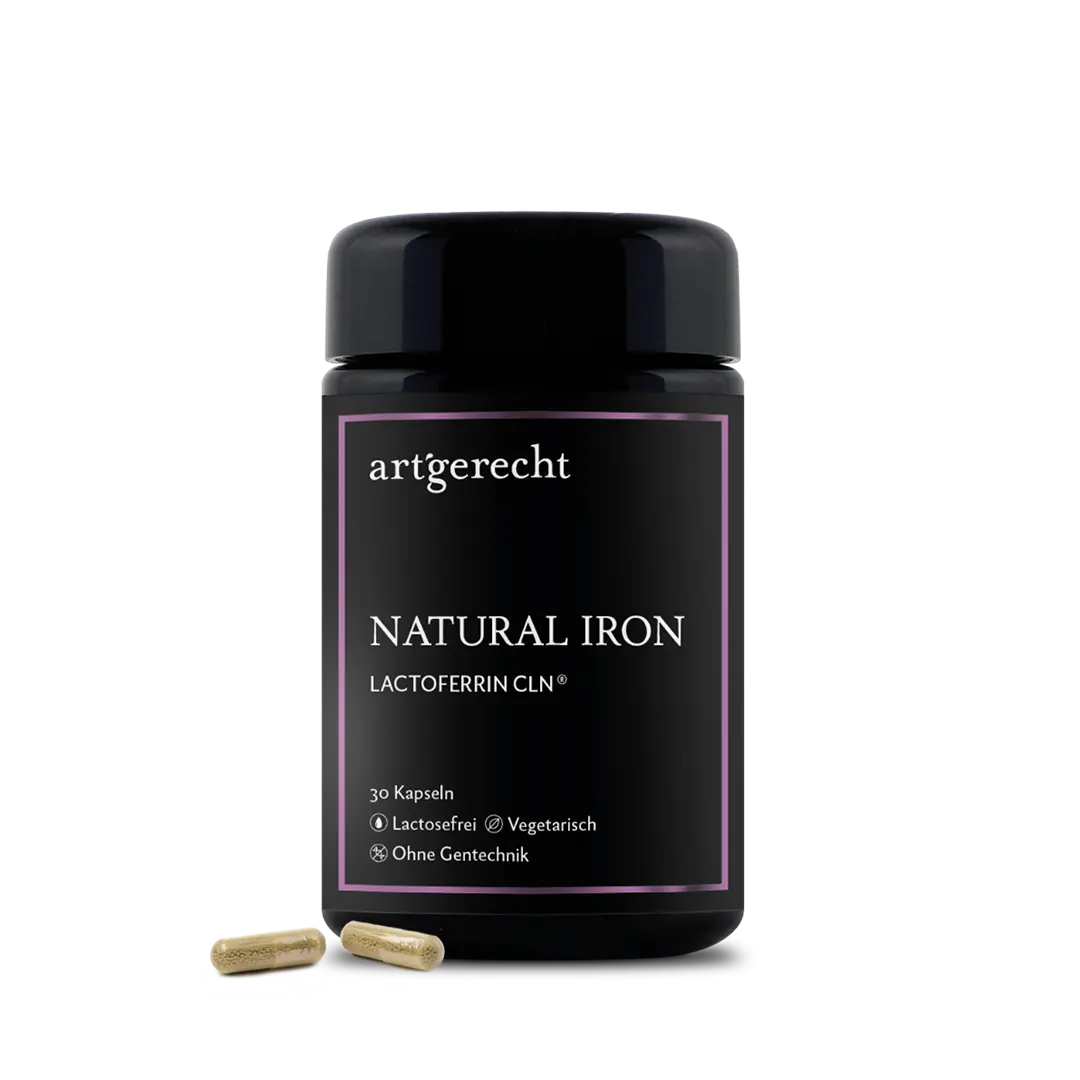Cardiovascular diseases are one of the main causes of increased morbidity and mortality worldwide and represent an immense health and economic burden. Many diseases, such as stroke, high blood pressure, heart failure, venous disease and coronary heart disease, which can lead to a heart attack, are caused by atherosclerosis [1].
Atherosclerosis is caused, among other things, by the abnormal storage of cholesterol esters and other fats in the innermost wall layer of the arterial blood vessels (endothelium). In conjunction with a hemodynamic load on the endothelium due to high blood pressure and a dysfunction of the endothelial cells, this leads to a proliferation and migration of smooth muscle cells in the vessel wall and to a chronic inflammatory reaction. This promotes the formation of foam cells on the vessel wall, which ultimately leads to the formation of atheromatous plaques, narrowing of the vessel wall and the formation of atherosclerotic plaques.lumen and the formation of thrombi, which can lead to acute vascular occlusion [2]. It is therefore all the more important to explore and promote preventive options at an early stage [3].Lactoferrin is a naturally occurring glycoprotein that is mainly found in immune-boosting breast milk and colostrum. It is also found in numerous bodily secretions, mucous membranes and neutrophil granulocytes (immune cells). Lactoferrin is being investigated for various potential health benefits, including its role in the prevention of atherosclerosis [4].
The glycoprotein lactoferrin has been shown to have antibacterial and antiviral properties. In research circles, lactoferrin is being pursued as an important factor in cardiovascular diseases [4]:
Lactoferrin as a prognostic marker and in diagnostics
The body's own (endogenous) lactoferrin, measured in blood serum, is associated with an increased risk of atherosclerosis. Epidemiological studies have shown that endogenous lactoferrin levels are also associated with the severity of coronary stenosis and the risk of cardiovascular events [5].
A clinical study by Videm et al. showed that lactoferrin blood levels were higher in patients with significant coronary stenosis than in patients without significant coronary stenosis. In another study, it was shown that a higher circulating lactoferrin level was associated with a higher risk of fatal ischemic heart disease [5].In addition, research suggests that circulating lactoferrin levels and specific lactoferrin gene polymorphisms are associated with atherosclerosis risk and that lactoferrin may be a novel marker for atherosclerosis risk.atherosclerosis; however, the predictive value of lactoferrin in atherosclerosis and atherosclerosis-related diseases remains to be tested in larger studies [6].
In addition, lactoferrin has also been used in the production of contrast agents for magnetic resonance imaging (MRI). Here, the contrast agent with added lactoferrin was shown to be potentially superior for the diagnostic detection of atherosclerosis [4].
Improved cholesterol metabolism
Bovine lactoferrin can increase the „good cholesterol“, the HDL level (high-density lipoprotein) in plasma and at the same time reduce the level of „bad cholesterol and fats“, i.e. tricylglycerides, cholesterol, non-esterified fatsäacids and hepatic cholesterol. The underlying mechanism is not yet known [7].
Cholesterol homeostasis can also be improved by bovine lactoferrin. This is regulated in the liver and intestine, whereby the task of the liver cells (hepatocytes) is to convert cholesterol into bile acids. These are then absorbed by epithelial cells in the small intestine. Animal studies have shown that bovine lactoferrin can promote this process by excreting more bile acids, reducing cholesterol levels in the liver and alleviating the effects of atherosclerosis [8,9].In summary, bovine lactoferrin may improve cholesterol metabolism by reducing cholesterol synthesis and absorption and increasing cholesterol excretion.Inhibition of foam cell formation
Foam cells develop from macrophages (so-called „scavenger cells“), which uncontrollably absorb cell-modified LDL (low density lipoprotein) and accumulate cholesterol esters. Bovine lactoferrin can probably interact with cell-modified LDL, especially acetyl-LDL, and neutralize its negative charge and thus inhibit binding to macrophages. This could reduce the formation of potentially harmful foam cells [10].
Binding to advanced glycation end products (AGEs)
AGEs can promote the production of reactive oxygen species (ROS), activate the NF-κB signaling pathway and stimulate the expression of VCAM-1. Among other things, these processes can lead to microvascular diseases (e.g. retinopathy, a disease of the retinal vessels) [4].
One study found that lactoferrin can bind to AGEs and interact with AGE ligands, thereby influencing subsequent intracellular signal transduction. This finding suggests that lactoferrin may be indirectly involved in the pathogenesis of atherosclerotic disease by responding to AGEs [4].
Lowering homocysteine and leptin levels
The amino acid homocysteine is an important marker in the blood for the progression of atherosclerosis. An elevated level is associated with atherosclerotic lesions and accelerated plaque formation. In contrast, a reduction in the marker can have a preventive effect against cardiovascular disease [4].
Leptin, a hormone that controls hunger and satiety, is produced by adipocytes („fat storage“) and also stimulates vascular inflammation and oxidative stress [4].Clinical animal studies by Nozari et al. confirm that oral ingestion of bovine lactoferrin can lower both markers, which may be an important mechanism for the effect of lactoferrin on the development of atherosclerosis [11].
Inflammatory function
Lactoferrin is known for its anti-inflammatory effect. Inflammation in turn plays a central role in the development of atherosclerosis. A number of inflammatory factors (monocyte chemoattractant protein-1, IL-8, ICAM-1, VCAM-1, selectin) act as attractants for various immune cells that bind to the endothelium of arterial walls and trigger a chronic inflammatory response. Numerous studies have reported that bovine lactoferrin could inhibit inflammatory responses through various immunomodulatory measures [12].
Antioxidant functionOxidative stress is triggered by an imbalance between the production of reactive oxygen species and the antioxidant defense systems. Increased oxidative stress can trigger inflammatory reactions, oxidation of LDL cholesterol (""bad cholesterol""), endothelial dysfunction and collagen deposition and thus contribute significantly to the development or progression of atherosclerosis [4].
These research results show promising approaches for further research and innovative therapeutic approaches.
Sources
1. Frostegård, J. Immunity, atherosclerosis and cardiovascular disease. BMC Medicine vol. 11 Preprint at https://doi.org/10.1186/1741-7015-11-117 (2013).
2. Badimón, L., Vilahur, G. & Padró, T. Lipoproteins, Platelets, and Atherothrombosis. Revista Española de Cardiología (English Edition)62, 1161–1178 (2009).
3. Roth, G. A. et al. Global Burden of Cardiovascular Diseases and Risk Factors, 1990-2019: Update From the GBD 2019 Study. Journal of the American College of Cardiology vol. 76 2982–3021 Preprint at https://doi.org/10.1016/j.jacc.2020.11.010 (2020).
4. Chen, C., Lu, M., Zhang, Z. & Qin, L. The role of lactoferrin in atherosclerosis. BioMetals Preprint at https://doi.org/10.1007/s10534-022-00441-1 (2022).
5. Videm, V., Wiseth, R., Gunnes, S., Madsen, H. O. & Garred, P. Multiple inflammatory markers in patients with significant coronary artery disease. Int J Cardiol118, 81–87 (2007).
6. Videm, V., Dahl, H., Wålberg, L. E. & Wiseth, R. Functional polymorphisms in the LTF gene and risk of coronary artery stenosis. Hum Immunol73, 554–559 (2012).
7. Takeuchi, T., Shimizu, H., Ando, K. & Harada, E. Bovine lactoferrin reduces plasma triacylglycerol and NEFA accompanied by decreased hepatic cholesterol and triacylglycerol contents in rodents. British Journal of Nutrition91, 533–538 (2004).
8. Ling, C. J. et al. Lactoferrin promotes bile acid metabolism and reduces hepatic cholesterol deposition by inhibiting the farnesoid X receptor (FXR)-mediated enterohepatic axis. Food Funct10, 7299–7307 (2019).
9. Ling, C. J. et al. Lactoferrin Alleviates the Progression of Atherosclerosis in ApoE-/- Mice Fed with High-Fat/Cholesterol Diet Through Cholesterol Homeostasis. J Med Food22, 1000–1008 (2019).
10. Kajikawa -*, M. et al.Lactoferrin inhibits cholesterol accumulation in macrophages mediated by acetylated or oxidized low-density lipoproteins. Biophysics Acta Biochimica et Biophysics Acta vol. 1213 (1994).
.11. Nozari, S. et al. Decreasing serum homocysteine and hypocholesterolemic effects of bovine lactoferrin in male rats fed with high-cholesterol diet. J Cardiovasc Thorac Res10, 203–208 (2018).
12 Lönnerdal, B. Nutritional roles of lactoferrin. Current Opinion in Clinical Nutrition and Metabolic Care vol. 12 293–297 Preprint at https://doi.org/10.1097/MCO.0b013e328328d13e (2009).
Passende Produkte
Kürzlich hinzugefügte Beiträge
-
 Zink reduziert nachweislich die Krankheitsdauer – Was sagt die Wissenschaft?Zink kann mehr als nur das Immunsystem stärken. Studien zeigen, dass es die Dauer von Erkältungen spürbar verkürzen kann.
Zink reduziert nachweislich die Krankheitsdauer – Was sagt die Wissenschaft?Zink kann mehr als nur das Immunsystem stärken. Studien zeigen, dass es die Dauer von Erkältungen spürbar verkürzen kann. -
 Milk thistle: effect on liver health and detoxificationHow does milk thistle really protect our liver? Find out how silymarin neutralizes free radicals, supports detoxification and what studies say about its effect on fatty liver, hepatitis & co. Find out more now!
Milk thistle: effect on liver health and detoxificationHow does milk thistle really protect our liver? Find out how silymarin neutralizes free radicals, supports detoxification and what studies say about its effect on fatty liver, hepatitis & co. Find out more now! -
 Menopause is not a disease: everything women (and men) should knowHalf of humanity is affected by the menopause. The PRO issue of Health Nerds is all about facts, myths and tips about the menopause.
Menopause is not a disease: everything women (and men) should knowHalf of humanity is affected by the menopause. The PRO issue of Health Nerds is all about facts, myths and tips about the menopause. -
 Allergien und Heuschnupfen – Häufigkeit, Ursachen, Behandlung und PräventionOb Gräser, Pollen oder Hausstaub – Allergien betreffen immer mehr Menschen. Erfahre, warum sie entstehen, welche Therapien helfen und wie Du mit gezielter Vorbeugung die Beschwerden bei Dir oder Deinem Kind langfristig lindern kannst.
Allergien und Heuschnupfen – Häufigkeit, Ursachen, Behandlung und PräventionOb Gräser, Pollen oder Hausstaub – Allergien betreffen immer mehr Menschen. Erfahre, warum sie entstehen, welche Therapien helfen und wie Du mit gezielter Vorbeugung die Beschwerden bei Dir oder Deinem Kind langfristig lindern kannst. -
 Alcohol - health elixir or underestimated risk?There is a persistent rumor that alcohol in moderation can be good for your health. There are even research studies that prove this. But are they true?
Alcohol - health elixir or underestimated risk?There is a persistent rumor that alcohol in moderation can be good for your health. There are even research studies that prove this. But are they true? -
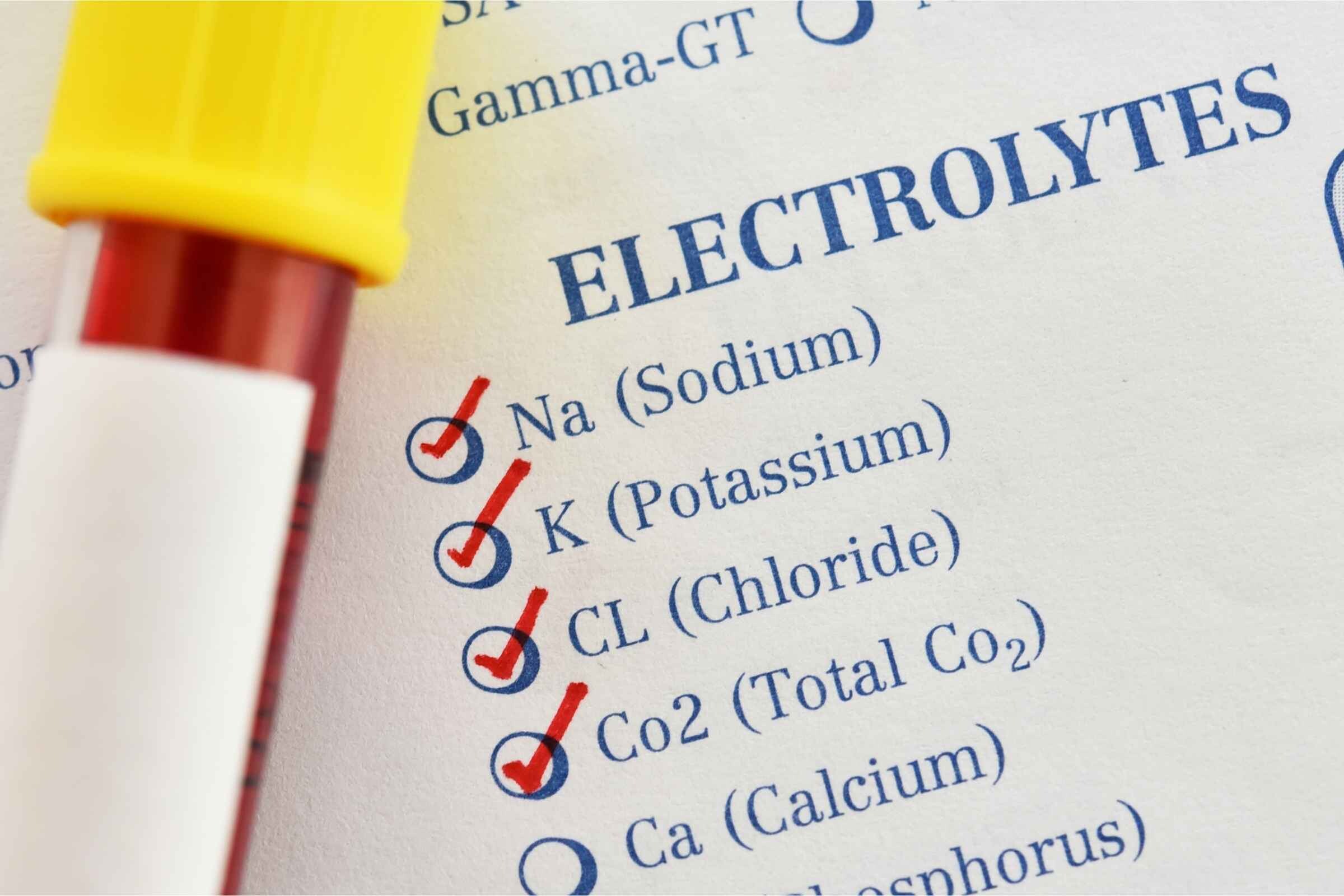 Elektrolyte – Die unsichtbaren Regisseure unseres KörpersElektrolyte steuern lebenswichtige Prozesse wie Muskelarbeit, Nervenfunktion und Flüssigkeitshaushalt. Erfahre, warum sie für Gesundheit und Leistung so entscheidend sind.
Elektrolyte – Die unsichtbaren Regisseure unseres KörpersElektrolyte steuern lebenswichtige Prozesse wie Muskelarbeit, Nervenfunktion und Flüssigkeitshaushalt. Erfahre, warum sie für Gesundheit und Leistung so entscheidend sind. -
 Zink reduziert nachweislich die Krankheitsdauer – Was sagt die Wissenschaft?Zink kann mehr als nur das Immunsystem stärken. Studien zeigen, dass es die Dauer von Erkältungen spürbar verkürzen kann.
Zink reduziert nachweislich die Krankheitsdauer – Was sagt die Wissenschaft?Zink kann mehr als nur das Immunsystem stärken. Studien zeigen, dass es die Dauer von Erkältungen spürbar verkürzen kann. -
 Milk thistle: effect on liver health and detoxificationHow does milk thistle really protect our liver? Find out how silymarin neutralizes free radicals, supports detoxification and what studies say about its effect on fatty liver, hepatitis & co. Find out more now!
Milk thistle: effect on liver health and detoxificationHow does milk thistle really protect our liver? Find out how silymarin neutralizes free radicals, supports detoxification and what studies say about its effect on fatty liver, hepatitis & co. Find out more now! -
 Menopause is not a disease: everything women (and men) should knowHalf of humanity is affected by the menopause. The PRO issue of Health Nerds is all about facts, myths and tips about the menopause.
Menopause is not a disease: everything women (and men) should knowHalf of humanity is affected by the menopause. The PRO issue of Health Nerds is all about facts, myths and tips about the menopause. -
 Allergien und Heuschnupfen – Häufigkeit, Ursachen, Behandlung und PräventionOb Gräser, Pollen oder Hausstaub – Allergien betreffen immer mehr Menschen. Erfahre, warum sie entstehen, welche Therapien helfen und wie Du mit gezielter Vorbeugung die Beschwerden bei Dir oder Deinem Kind langfristig lindern kannst.
Allergien und Heuschnupfen – Häufigkeit, Ursachen, Behandlung und PräventionOb Gräser, Pollen oder Hausstaub – Allergien betreffen immer mehr Menschen. Erfahre, warum sie entstehen, welche Therapien helfen und wie Du mit gezielter Vorbeugung die Beschwerden bei Dir oder Deinem Kind langfristig lindern kannst. -
 Alcohol - health elixir or underestimated risk?There is a persistent rumor that alcohol in moderation can be good for your health. There are even research studies that prove this. But are they true?
Alcohol - health elixir or underestimated risk?There is a persistent rumor that alcohol in moderation can be good for your health. There are even research studies that prove this. But are they true? -
 Elektrolyte – Die unsichtbaren Regisseure unseres KörpersElektrolyte steuern lebenswichtige Prozesse wie Muskelarbeit, Nervenfunktion und Flüssigkeitshaushalt. Erfahre, warum sie für Gesundheit und Leistung so entscheidend sind.
Elektrolyte – Die unsichtbaren Regisseure unseres KörpersElektrolyte steuern lebenswichtige Prozesse wie Muskelarbeit, Nervenfunktion und Flüssigkeitshaushalt. Erfahre, warum sie für Gesundheit und Leistung so entscheidend sind. -
 Zink reduziert nachweislich die Krankheitsdauer – Was sagt die Wissenschaft?Zink kann mehr als nur das Immunsystem stärken. Studien zeigen, dass es die Dauer von Erkältungen spürbar verkürzen kann.
Zink reduziert nachweislich die Krankheitsdauer – Was sagt die Wissenschaft?Zink kann mehr als nur das Immunsystem stärken. Studien zeigen, dass es die Dauer von Erkältungen spürbar verkürzen kann. -
 Milk thistle: effect on liver health and detoxificationHow does milk thistle really protect our liver? Find out how silymarin neutralizes free radicals, supports detoxification and what studies say about its effect on fatty liver, hepatitis & co. Find out more now!
Milk thistle: effect on liver health and detoxificationHow does milk thistle really protect our liver? Find out how silymarin neutralizes free radicals, supports detoxification and what studies say about its effect on fatty liver, hepatitis & co. Find out more now! -
 Menopause is not a disease: everything women (and men) should knowHalf of humanity is affected by the menopause. The PRO issue of Health Nerds is all about facts, myths and tips about the menopause.
Menopause is not a disease: everything women (and men) should knowHalf of humanity is affected by the menopause. The PRO issue of Health Nerds is all about facts, myths and tips about the menopause. -
 Allergien und Heuschnupfen – Häufigkeit, Ursachen, Behandlung und PräventionOb Gräser, Pollen oder Hausstaub – Allergien betreffen immer mehr Menschen. Erfahre, warum sie entstehen, welche Therapien helfen und wie Du mit gezielter Vorbeugung die Beschwerden bei Dir oder Deinem Kind langfristig lindern kannst.
Allergien und Heuschnupfen – Häufigkeit, Ursachen, Behandlung und PräventionOb Gräser, Pollen oder Hausstaub – Allergien betreffen immer mehr Menschen. Erfahre, warum sie entstehen, welche Therapien helfen und wie Du mit gezielter Vorbeugung die Beschwerden bei Dir oder Deinem Kind langfristig lindern kannst.
Empfohlene Produkte
Holistic support for bones, joints, muscles & skin
For your well-being – inside and outEssential Vitamin for Eyes, Skin, and Immune System
High-Dose Support for Cells & Immune DefenseFor your universal protection
As one of the most valuable proteins in the body, lactoferrin is a natural component of the immune system.For your iron balance
Specially formulated for your iron balance with plant-based curry leaf iron, Lactoferrin CLN®, and natural Vitamin C from rose hips.Holistic support for bones, joints, muscles & skin
For your well-being – inside and outEssential Vitamin for Eyes, Skin, and Immune System
High-Dose Support for Cells & Immune DefenseFor your universal protection
As one of the most valuable proteins in the body, lactoferrin is a natural component of the immune system.For your iron balance
Specially formulated for your iron balance with plant-based curry leaf iron, Lactoferrin CLN®, and natural Vitamin C from rose hips.Holistic support for bones, joints, muscles & skin
For your well-being – inside and outEssential Vitamin for Eyes, Skin, and Immune System
High-Dose Support for Cells & Immune DefenseFor your universal protection
As one of the most valuable proteins in the body, lactoferrin is a natural component of the immune system.For your iron balance
Specially formulated for your iron balance with plant-based curry leaf iron, Lactoferrin CLN®, and natural Vitamin C from rose hips.Holistic support for bones, joints, muscles & skin
For your well-being – inside and outEssential Vitamin for Eyes, Skin, and Immune System
High-Dose Support for Cells & Immune DefenseFor your universal protection
As one of the most valuable proteins in the body, lactoferrin is a natural component of the immune system.For your iron balance
Specially formulated for your iron balance with plant-based curry leaf iron, Lactoferrin CLN®, and natural Vitamin C from rose hips.

